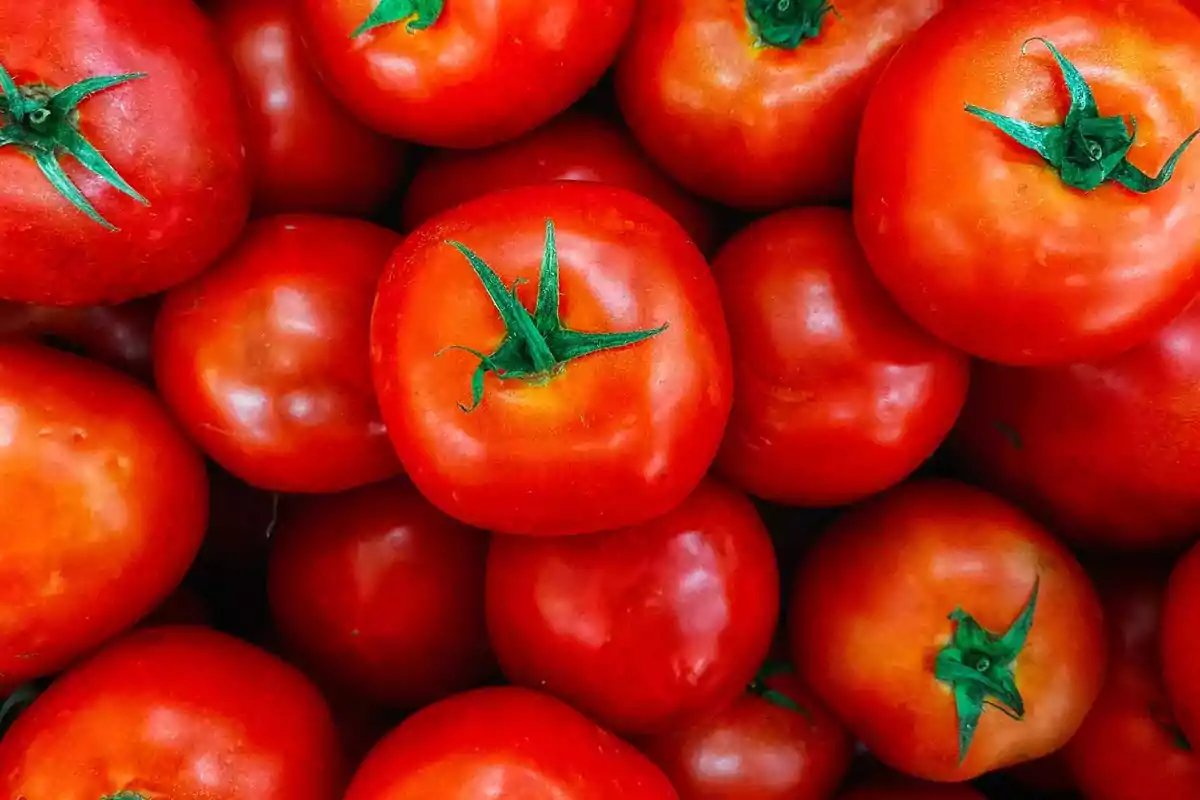
The Italian trials that make processing tomatoes more sustainable
Trials conducted in the Po Valley show that reducing irrigation by 25% in industrial tomatoes maintains production and improves quality
The Po Valley in northern Italy is Europe’s leading district for processing tomatoes. It is a crop that demands up to 600 mm of seasonal irrigation water. Climate change has pushed this region, once rich in water, into repeated drought events, threatening its status as a global production hub alongside California and China.
A new study tested a simple regulated deficit irrigation (RDI) strategy. Conducted in Parma in 2019 and Piacenza in 2022, the trials saved one quarter of irrigation water without reducing yield, boosting soluble solids and dry matter in the fruits.
Who ran the study
The work was led by Andrea Burato, Pasquale Campi, Alfonso Pentangelo and Mario Parisi from the CREA Research Centre for Vegetable and Ornamental Crops, with collaboration from the University of Basilicata and the CREA Research Centre for Agriculture and Environment in Bari.
Their objective was to validate RDI in the northern Italian context, after successful results under southern conditions such as Foggia and Naples. The Po valley, responsible for over 1.7 million tons of tomatoes in 2024 (ISTAT), is now under growing pressure to adapt irrigation.
What does regulated deficit irrigation mean?
Conventional irrigation restores all the water lost by evapotranspiration. RDI, instead, supplies full water until the color-breaking stage and then halves irrigation volumes during ripening, a phase less sensitive to stress.
This technique has been widely tested in Mediterranean crops. Previous reviews showed that deficit irrigation can cut water use by 10–20% without hurting yields. RDI stands out for its simplicity, as it does not require new infrastructure or complex software.
How the trials were run
Tomatoes of the hybrid ‘H1534’ were transplanted in mid-May and grown with drip irrigation under full irrigation (IRR) and RDI schemes. Soils ranged from silty clay loam to clay loam, representing typical Po Valley conditions.
Remote sensing via Planet Labs satellites monitored vegetation indices such as NDVI and SAVI. These indices, widely used to detect stress in tomatoes (Alordzinu et al. 2021), showed no significant differences between treatments, confirming that RDI plants did not suffer visible stress.
What they found
Across both years, RDI reduced irrigation by 25% on average, while maintaining yields of about 100 t/ha. Plant fertility and fruit size were unchanged, indicating that the timing of water reduction was appropriate.
Fruit quality, however, improved. Soluble solids rose by 10%, dry matter by 8%, and yield quality index by 12%. These shifts mean denser tomatoes for processors, less energy to evaporate water during paste production, and better economic returns for growers.
Caveats worth noting
RDI did increase some defects, such as more overripe fruits and blossom-end rot, although sunscald did not increase. The authors note that careful harvest timing is required to avoid penalties from excessive ripening.
Responses may also vary depending on the type of soil and the weather. Earlier Italian trials found that in hotter southern sites, RDI sometimes increased sunscald (Valcárcel et al. 2020). Local calibration of the “color break” trigger remains essential.
Why it matters
Processing tomatoes is central to food supply chains, from ketchup to pizza sauce. In Italy, agriculture consumes over half of the national freshwater (FAO AQUASTAT), making efficiency a top priority.
RDI offers a practical solution. It saves water, keeps yields steady, and improves fruit quality without demanding new tools. For farmers in the Po valley, this translates to resilience against drought and a cleaner balance sheet.
A Study published in Agronomy.
More posts: